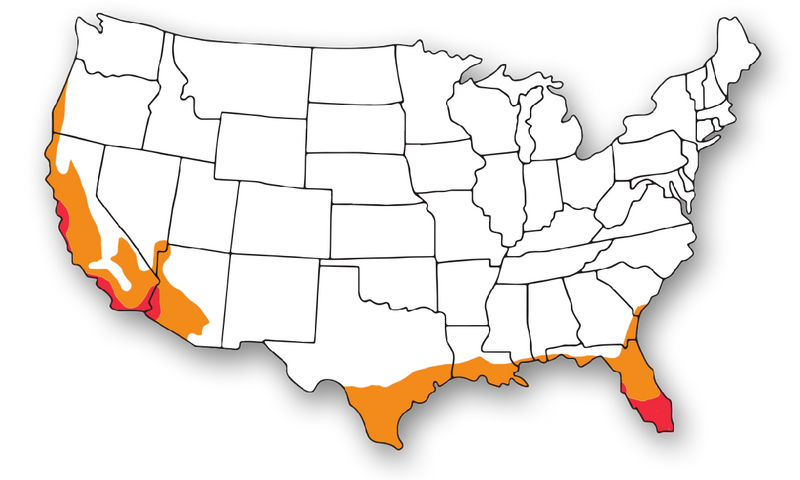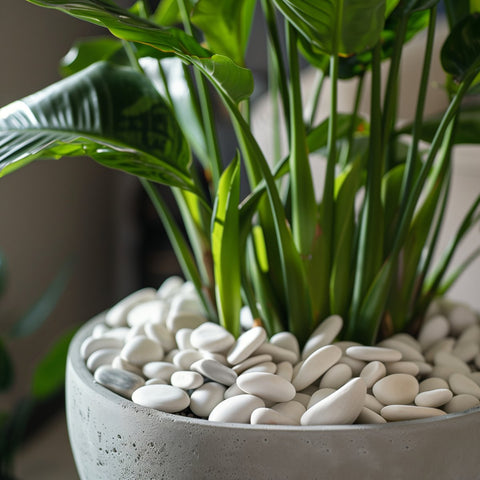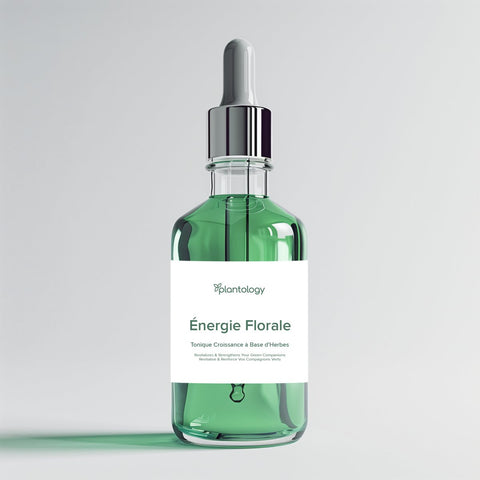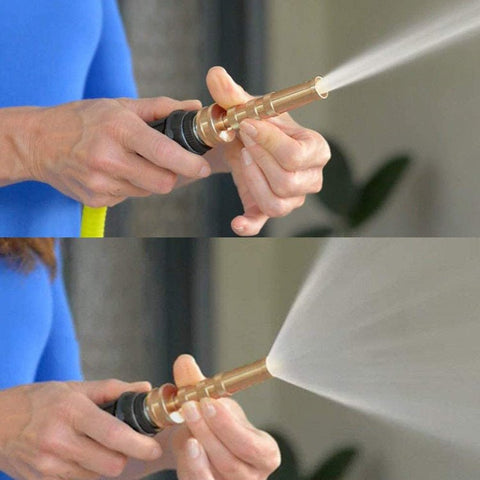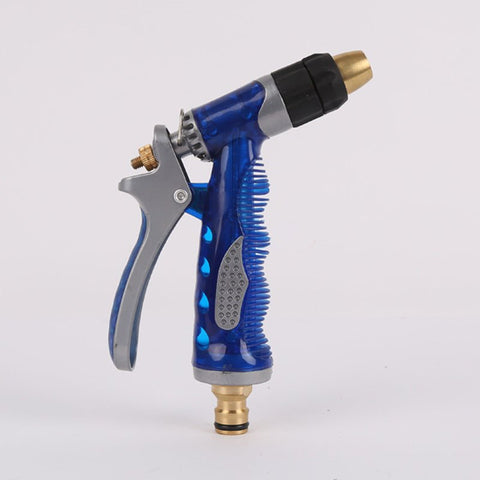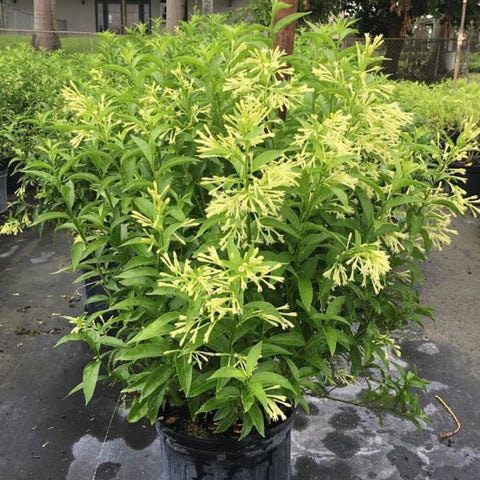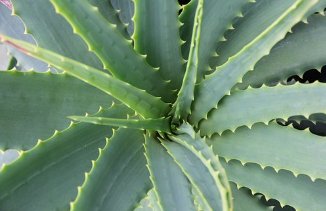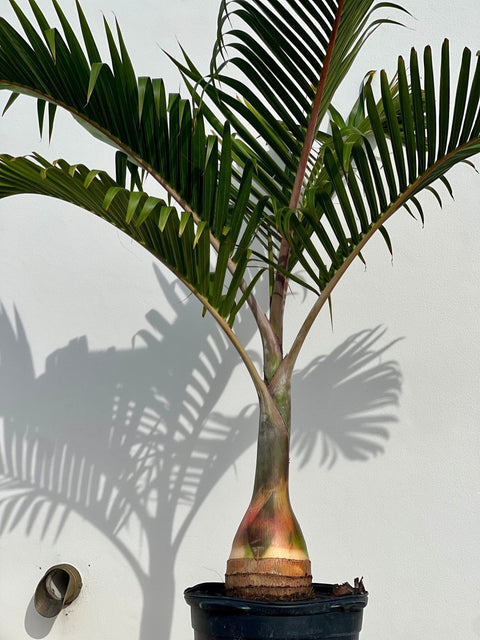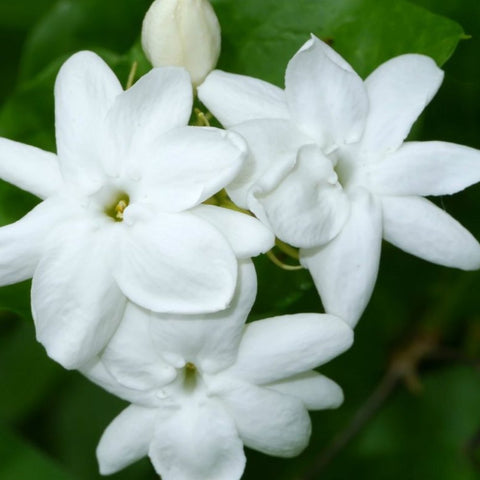How to Grow
Apoballis Lavallael thrives in indoor conditions and prefers moderate to bright, indirect sunlight. It can tolerate lower light levels but may grow more slowly. Plant it in well-draining potting mix and ensure the pot has drainage holes to prevent waterlogged roots.
Care Tips
Apoballis Lavallael is relatively low-maintenance. Keep the soil evenly moist but avoid overwatering, as it is more tolerant of slight drought than root rot. Water when the top inch of soil feels dry. Fertilize with a balanced liquid fertilizer every 4-6 weeks during the growing season (spring and summer). Pruning is usually not necessary, but you can remove any yellow or damaged leaves for aesthetic purposes.
Uses
Apoballis Lavallael is a popular choice for indoor decoration and is often used in homes and offices to add a touch of elegance with its colorful foliage. Its low maintenance requirements make it an excellent choice for both beginners and experienced plant enthusiasts.
Planting Tips
When planting Apoballis Lavallael in a pot, select a container with drainage holes and use a well-draining potting mix. Place the plant in an area with bright, indirect light. Water thoroughly when the top inch of soil is dry to the touch, allowing excess water to drain out of the pot.
Maintenance
Regular maintenance includes watering when needed and feeding during the growing season. Keep an eye out for yellowing leaves, which may indicate overwatering. Ensure the plant is protected from drafts and cold temperatures, as it prefers warmth and humidity.
Pests and Diseases
Apoballis Lavallael is relatively resistant to pests, but it can occasionally attract mealybugs or spider mites. Inspect the plant regularly, and if pests are present, treat with neem oil or insecticidal soap. Maintain good airflow around the plant to prevent fungal diseases, and avoid overwatering to prevent root rot.
Frequently asked questions
If youre looking to add value to your garden, Apoballis Lavallael (Apoballis acuminatissima Lavallaei) is a cost-effective option that can bring a touch of elegance and beauty to your outdoor space. This stunning plant features striking foliage with its narrow, dark green leaves that are tinged with a reddish-purple underside, making it a standout addition to any garden. To make the most of Apoballis Lavallael in your garden, consider planting it in well-drained soil with partial shade to full sun exposure. Regular watering is essential to keep the soil consistently moist, especially during dry periods. Adding a layer of mulch around the base of the plant can help retain moisture and suppress weeds, promoting healthy growth. Pruning any dead or damaged leaves and flowers can help maintain the plants appearance and encourage new growth. Additionally, fertilizing Apoballis Lavallael with a balanced, slow-release fertilizer in the spring can provide the necessary nutrients for optimal growth. In conclusion, Apoballis Lavallael is a cost-effective option for enhancing the value of your garden with its stunning foliage and easy maintenance requirements. By following these simple tips, you can enjoy a beautiful and thriving plant that will add a touch of sophistication to your outdoor space.
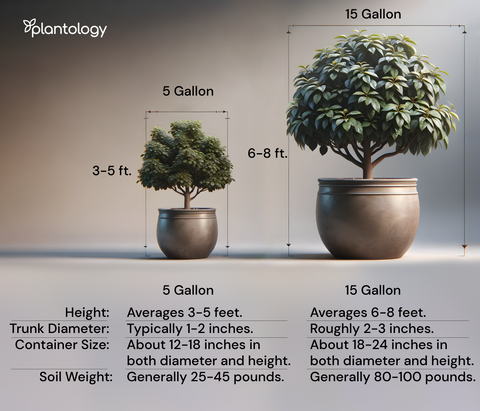
Free Shipping Over $150
Only $12 flat rate on orders under $150
Healthy Arrival Guarantee
Plants arrive healthy or we replace them free





